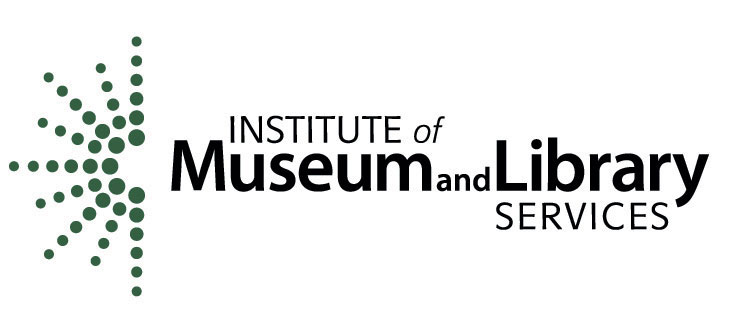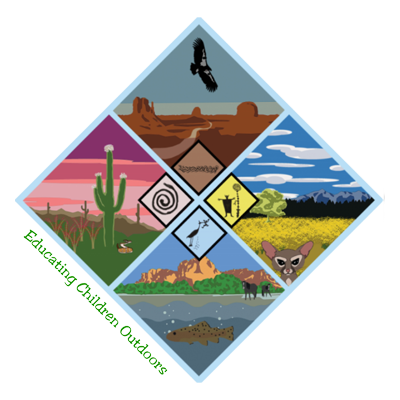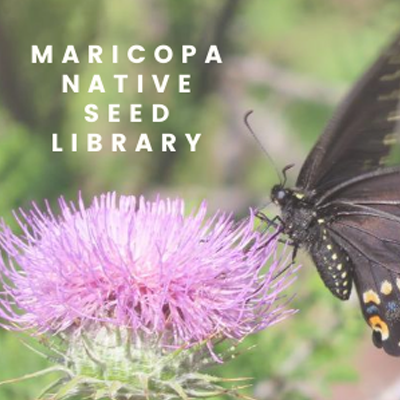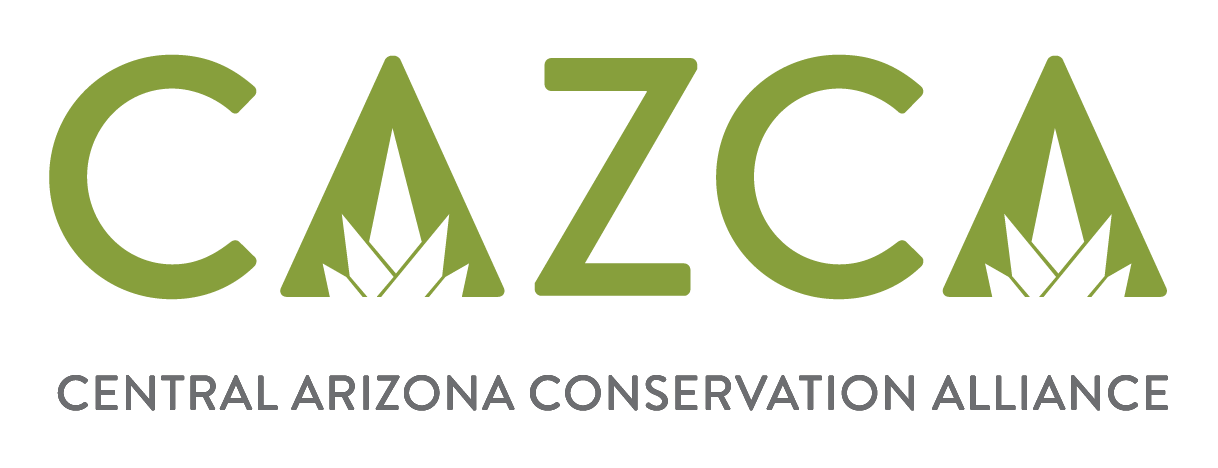
The Metro Phoenix EcoFlora project is making plant science meaningful and open for everyone, while we learn about the biodiversity of our urban desert home. We need your help!
A rare plant in a park? A sleeping bobcat in the backyard? What else could be out there? Let’s find out!
Using iNaturalist, a free app that can identify plants and animals, you can help document urban biodiversity. Join the Metro Phoenix EcoFlora project to study plants and wildlife in metro Phoenix. Plus, enjoy events, rewards, EcoQuest challenges and more.
This is an opportunity to contribute to real-life science while studying plants in metro Phoenix, what is happening with them, and how these plants are interacting with other organisms. The information gathered through this project will provide insight into bigger biodiversity science questions and contribute to local conservation efforts.
What are Ecoquests?
In addition to the overall project, each month brings a new EcoQuest to participate in. EcoQuests are like hide-and-seek games for urban biodiversity, seeking certain plants or plant interactions. Each quest is like a mini project, filled with information and resources about the monthly subject. The results from the EcoQuests can provide information for research, such as pollinator counts, invasive species mapping or wildlife habitat.
Stay Connected
Sign up for updates, activities and more.
Community Collaborators
The Metro Phoenix EcoFlora is in collaboration with the Central Arizona Conservation Alliance (CAZCA), an initiative of Desert Botanical Garden, who supports organizations and the people of Arizona to protect and care for natural, open spaces that serve our communities and protect the habitat of the Sonoran Desert in Central Arizona.
Looking to collaborate with EcoFlora? Send a message to [email protected].
FAQ
Should I use the iNaturalist website or app?
Both! The app is great for observations on-the-go or in the field, and the website is great for community, sending messages, making identifications and more.
Why do I need to join the project?
Joining the project adds your observations to the project and keeps you up to date with happenings, announcements and more.
Can I observe the plants in my yard or animals at the zoo?
Domesticated or captive animals (like cats, dogs or animals at the zoo) and houseplants should not be observed. Cultivated plants (planted by humans) can be observed, preferably those that exist in a place for a long time (think trees, cactus, etc.). Planting beds or containers that are regularly replanted are not recommended for observing.
How do I observe a lot of one species in one place?
Observe each one individually or observe one and accompany it with a “note” estimating how many are in the area. Also include an image showing the overall site. Individual observations are preferred, but we understand that can be a daunting task! One observation is better than no observation.
How do I observe a plant and an animal or insect in one photo?
Upload one observation for the plant and one for the insect or animal. It’s okay to use the same images for both.
Why urban biodiversity?
We are experiencing rapid urbanization here in the Valley. We have floras or are working on floras for most of the parks in the area, but we don’t really know what is in urban areas. What species are living here? Are there potentially invasive species? Have we lost biodiversity, or gained more? As urban areas continue to increase, we need to understand how this impacts biodiversity and how we can best guide conservation.
The EcoFlora project was developed by the New York Botanical Garden (NYBG). The project launched in 2016 and has seen great success. NYBG, in collaboration with four gardens across the country (including Desert Botanical Garden, Denver Botanic Gardens, Chicago Botanic Garden and Marie Selby Botanical Gardens), received a National Leadership Grant from the Institute of Museum and Library Services (IMLS) to scale up the EcoFlora project. The Metro Phoenix EcoFlora project is also in collaboration with the Central Arizona Conservation Alliance (CAZCA).







